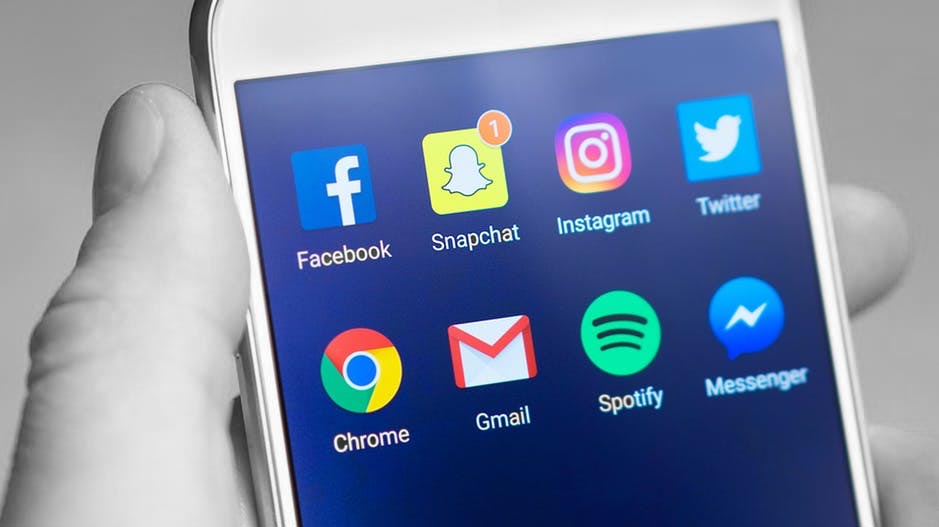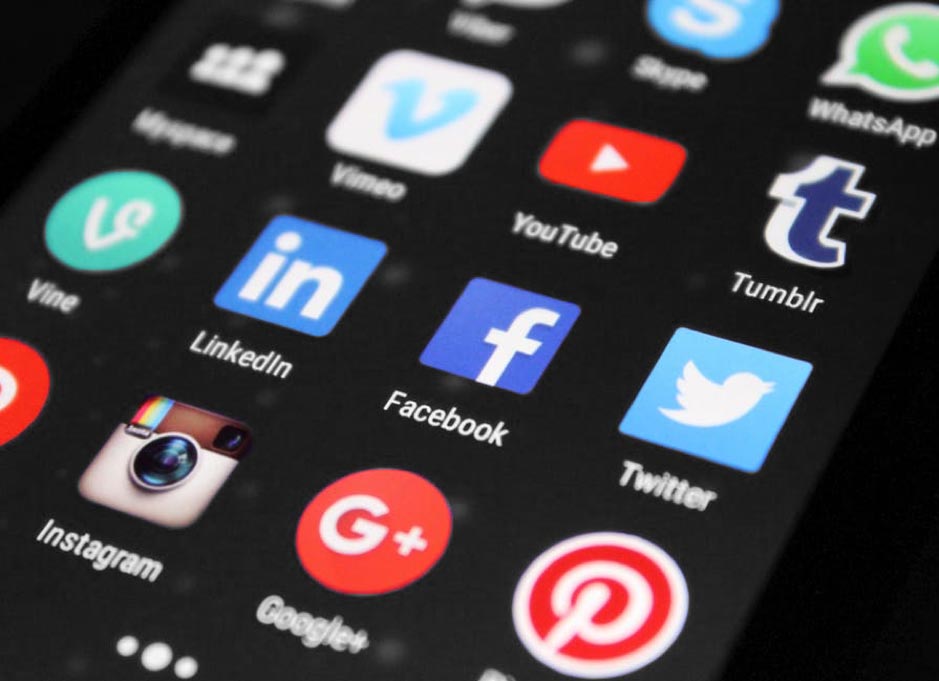Twitter Before and Now
Remember when the only way businesses could reach their audiences was by running expensive ads, sending out mailings, or going door-to-door? The advent of social media has banished all that to the dark ages.
But what’s taken Twitter from its humble origins as a micro-journal to a business model worth a staggering $15 billion on the stock market? Twitter gives businesses an added bonus of being able to have two-way conversations with their customers. Before, the conversations were only one-way, as customers were only able to receive mass communications from brands, and the same is true of Facebook, LinkedIn, and Pinterest. Social media channels are so much more valuable today than they once were because of their usefulness to businesses worldwide.
The Changing Face of Business

Inevitably, this has changed the dynamic between businesses and consumers forever and has also opened up a huge opportunity for brands to provide even more of what their customers want. But inevitably, many advertisers are still not quite up to speed with the potential of social media and continue to make simple mistakes, such as choosing the wrong channel for their audience and failing to plan a proper campaign with goals, objectives, and measurement.
In addition to this, they also believe the many myths that continue to surround the subject – for example, that everyone in the world is active on social media, or that it’s necessary to bombard your followers with many posts.
On the other hand, there are a huge number of businesses who have led the way in harnessing the power of social media. The very best of them have quickly developed fully integrated campaigns that work across various platforms – crucially, with each serving a different purpose.
A great example of this is one of the biggest brands in the world, Coca-Cola. With over 1.7 million Facebook followers worldwide, they also have a major presence across social media, running many successful campaigns across different channels.
In one of these, they’ve joined forces with YouTubers Manny and Doddy and produced a series of lifestyle films that still heavily feature the product.
By aligning themselves with individuals who represent their young target audience on social media, each of their videos usually gets well over 200K viewings. Even considering the huge relative size of the global drinks market, that’s an impressive figure – and it undoubtedly has a high conversion rate of viewers to customers.
Joining the Twittersphere
 Twitter has become increasingly commercialized in recent years
Twitter has become increasingly commercialized in recent years
When it comes to two-way engagement with an audience, it’s Twitter that has been making all the rules in the past, so it’s not surprising that many brands have effectively harnessed this for their own ends. It’s the immediacy of communication that makes it so effective as well as the speed with which messages can go viral – not just through hashtags, but ‘moments,’ as well as promoted content.
There are many businesses that have been able to use the platform’s viral opportunities to their advantage in a different number of ways.
For example, Domino’s Pizza was one of the first to run a hashtag-related promotion a few years ago with #letsdolunch. The way it worked was simple. During Monday lunchtime, they asked followers to tweet using the hashtag, and the more Domino’s received the hashtags, the lower the price of their pepperoni pizza would drop. At its height, it got around 82K people tweeting about it, not just generating business demand at a typically quiet time of the week, but also raising their brand profile considerably.
The Data Revolution
 Business collect key data on their users from social media campaigns
Business collect key data on their users from social media campaigns
We’re also now in the age of ‘big data’ so campaigns like #letsdolunch don’t just drive up sales, they can also generate information about followers which can prove to be invaluable for every kind of business.
In a highly competitive industry, such as gambling, using analytics and insights is an essential way to get the edge over your competition. Knowing where your audience lives, how old they are and what else interests them is invaluable in how you market a particular product. Wink Slots covers a lot of this research in their Gambling on Social Media report, which looks at the industry’s growing presence on various social channels.
Businesses are also making good use of other social media channels, like Pinterest. One might expect Pinterest to be more suited for brands in the design field as it’s the sort of site where people go looking for visual inspiration. The Travel Channel has started to use it very successfully, especially to attract younger people. They currently have over 170K followers looking for holiday inspiration.
A similarly visual social media site is Instagram, where a number of leading brands are exploiting the full potential of the channel to engage with new and existing customers. With 76 million followers, Nike is a brand that really leads the way, extending the medium to its limits with a combination of product shots and inspirational videos that promote its product and sports in general, getting to the heart of their Just Do It slogan.
In 2016, Nike became the 19th most followed Instagram account, with over 32.3 million followers. According to a 2015 survey by the IAB UK, they were voted second as a brand that “does social media” well. Today, Nike is the 2nd most followed account, with 75.6 million followers (a growth of 134% in under two years). They have the second highest number of followers after National Geographic, and currently boasts the 5th most-used branded hashtag, #nike. Nike’s impressive growth on social media shows just how effectively it uses channels to grow its brand awareness.
It’s Two-Way Thinking
 Social media can also be useful in direct communication with brand audiences
Social media can also be useful in direct communication with brand audiences
Social media also gives businesses a quick and cost-effective way to talk with their customers. Telecoms giant BT found that using a dedicated social media channel to deal with customer queries called @BTCare not only diverted 600K communications from the phone to online – saving it £2 million a year – but gave its customers a more convenient mode of contact.
There are many more stories about companies enhancing their reputation for customer service by replying quickly through social media. You can check out more here.
So whatever kind of business, however large or small, social media is an essential marketing tool just waiting to be used to its full potential. It’s cost-effective, can be perfectly aligned with virtually any brand personality and it’s equally useful when it’s used tactically for promotion.
Plus, with more and more platforms popping up all the time and with an estimated 3.2 billion people with access to the internet worldwide – it’ll only become more significant over time.
–___
This article has been published in accordance with socialnomics.net‘s disclosure policy









